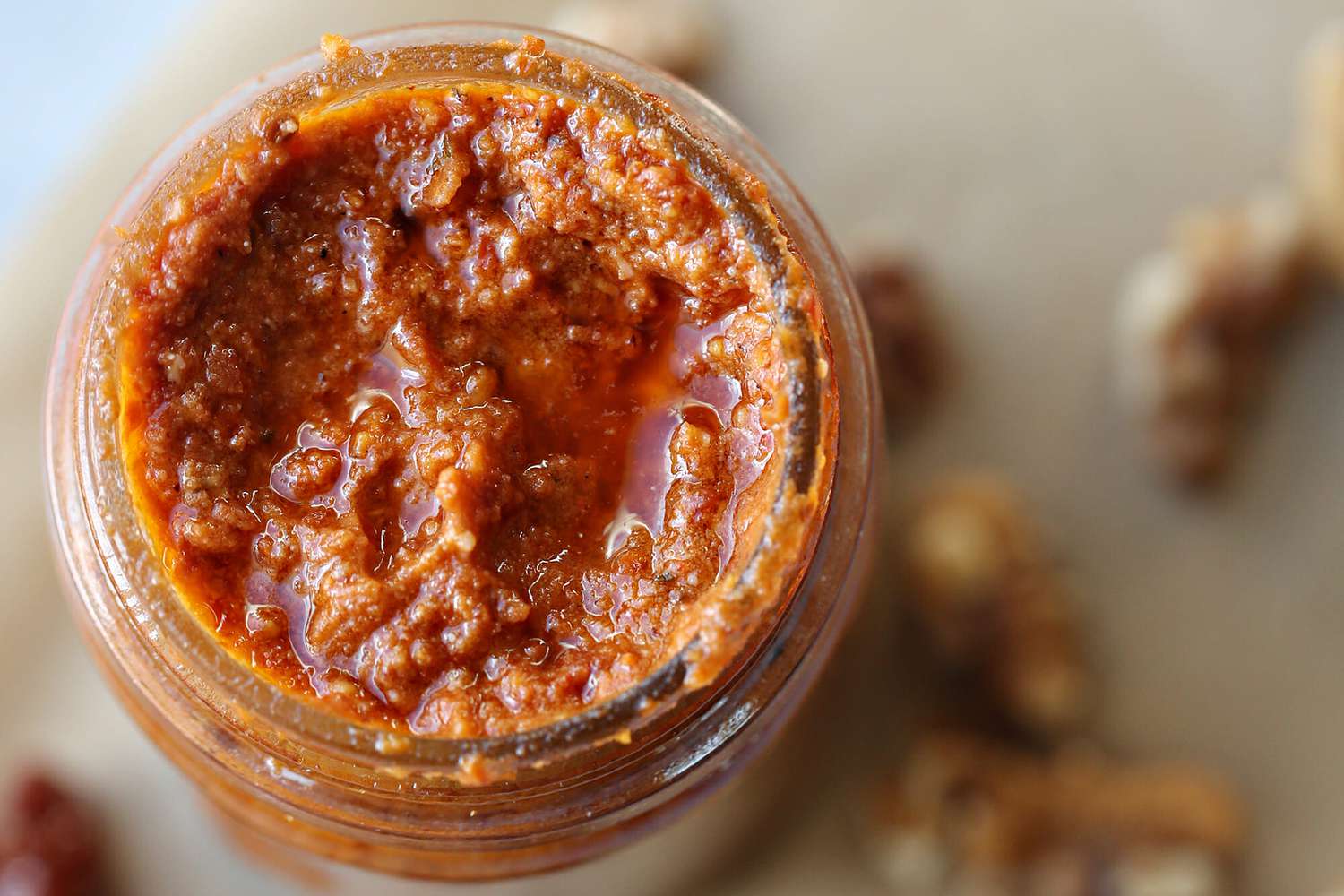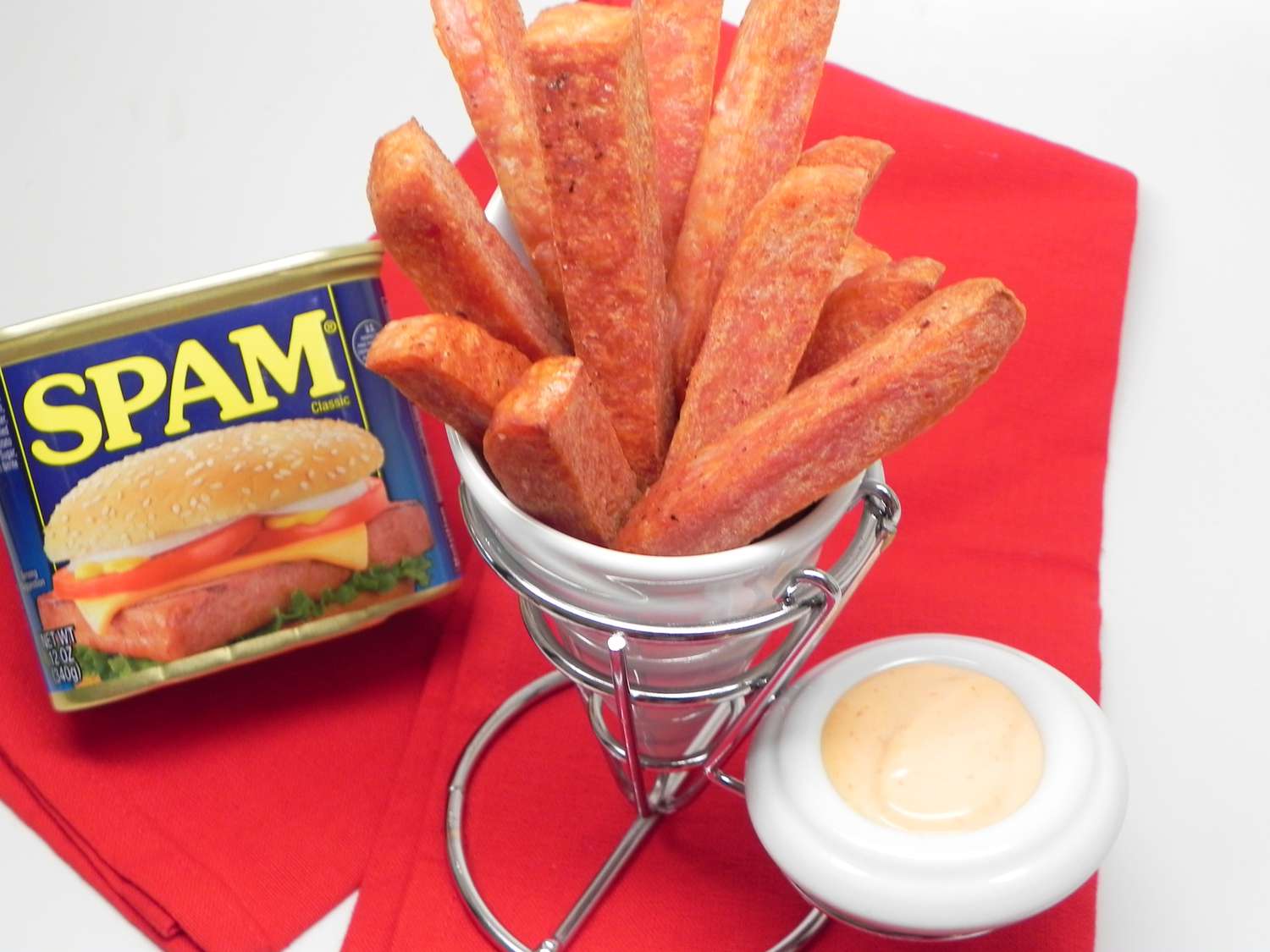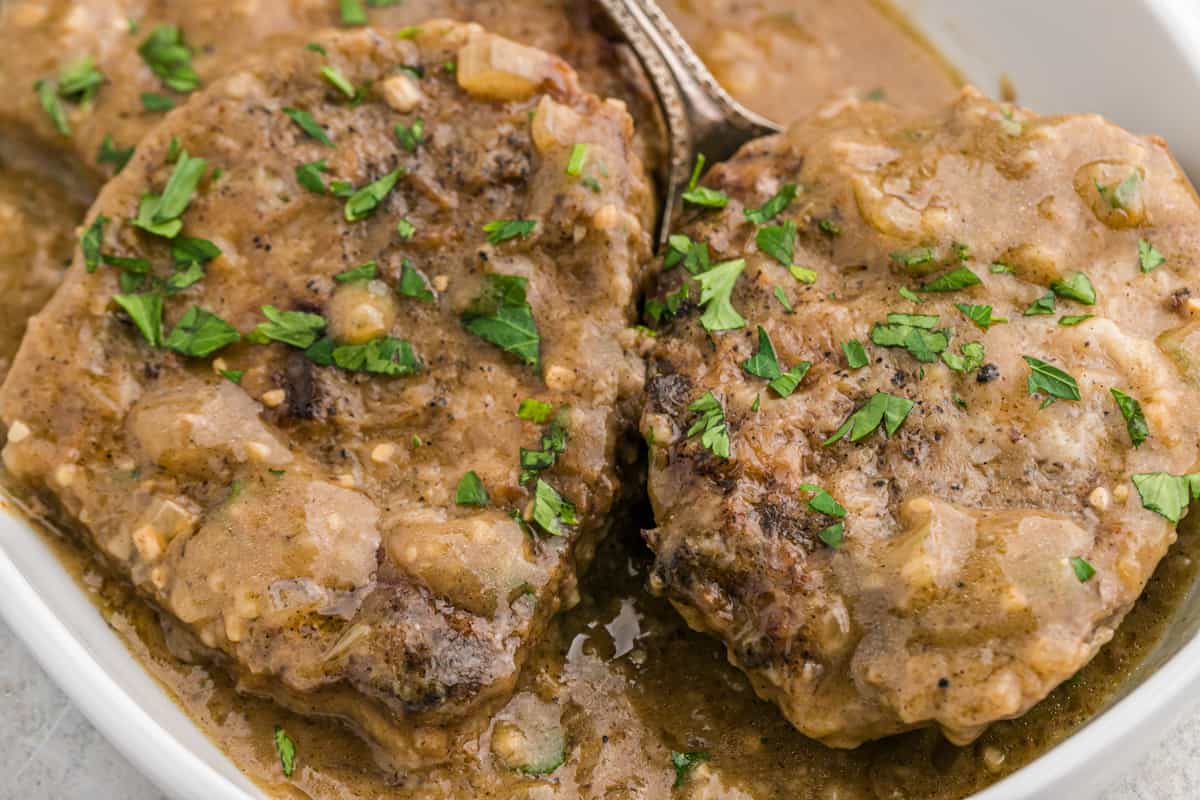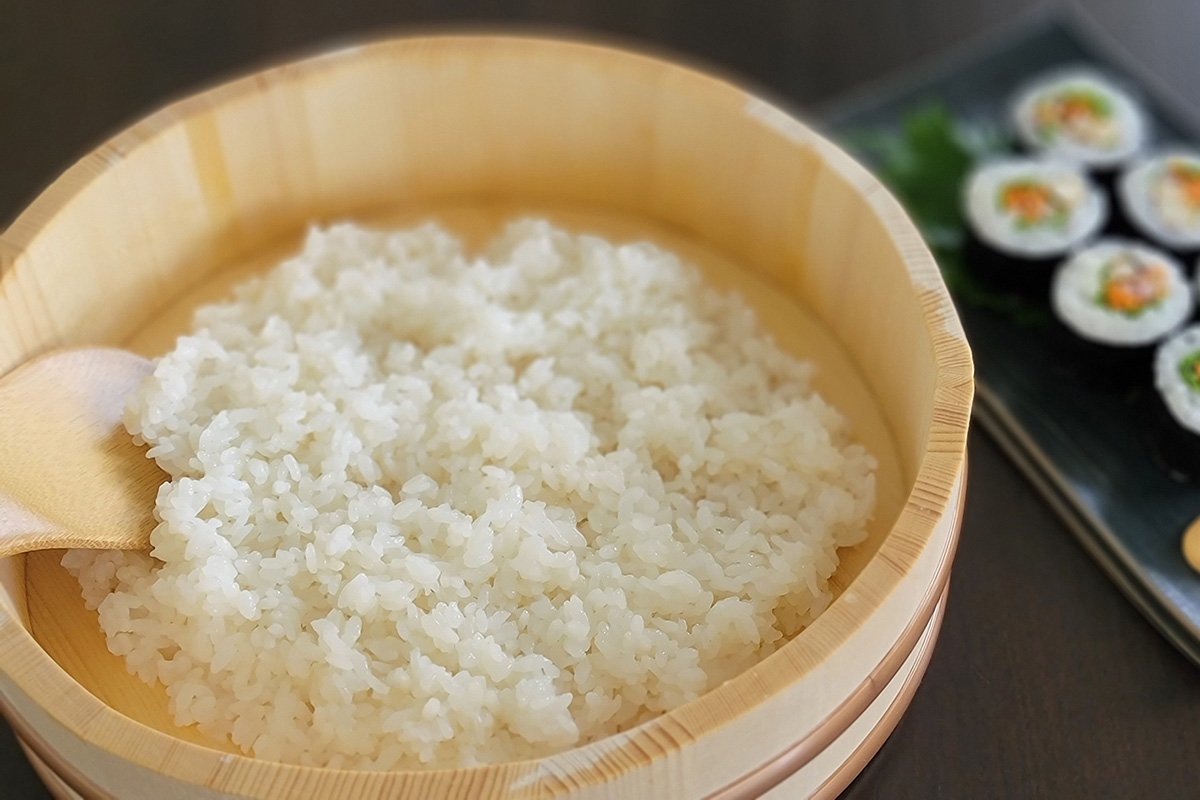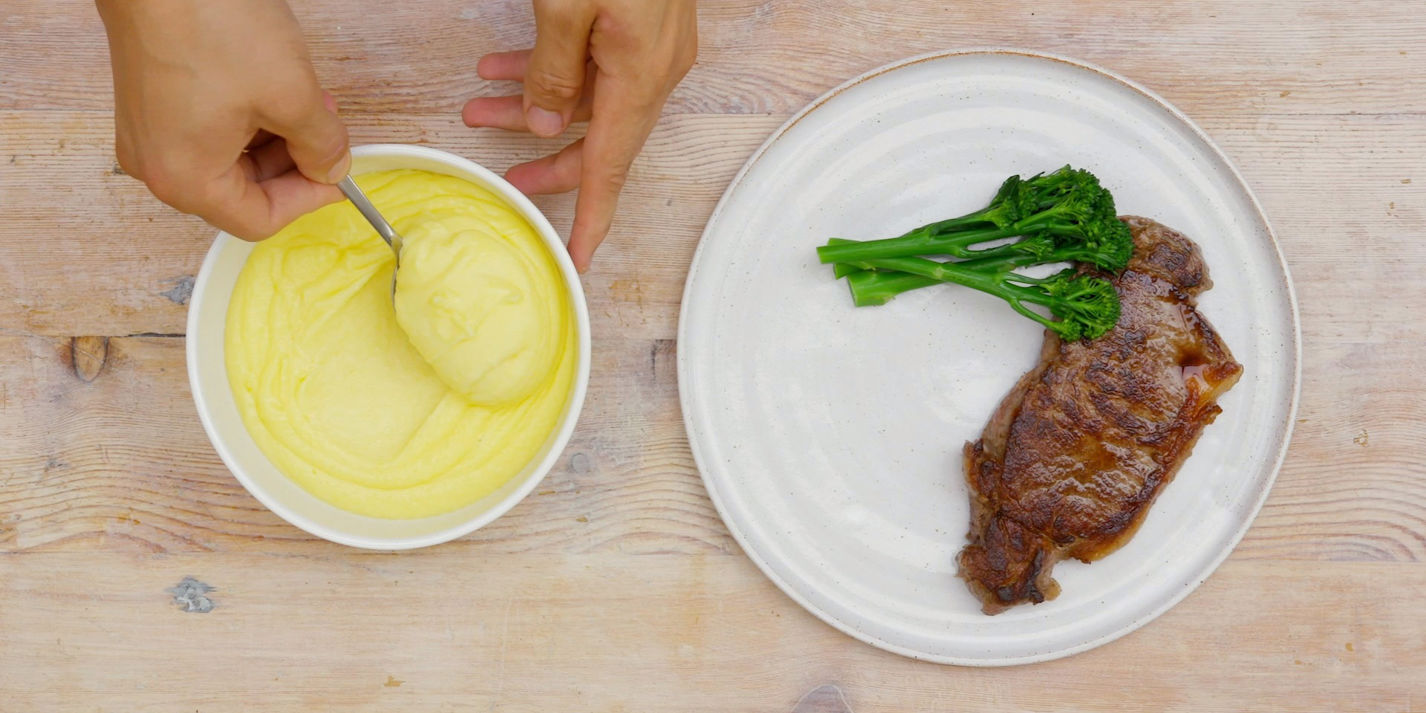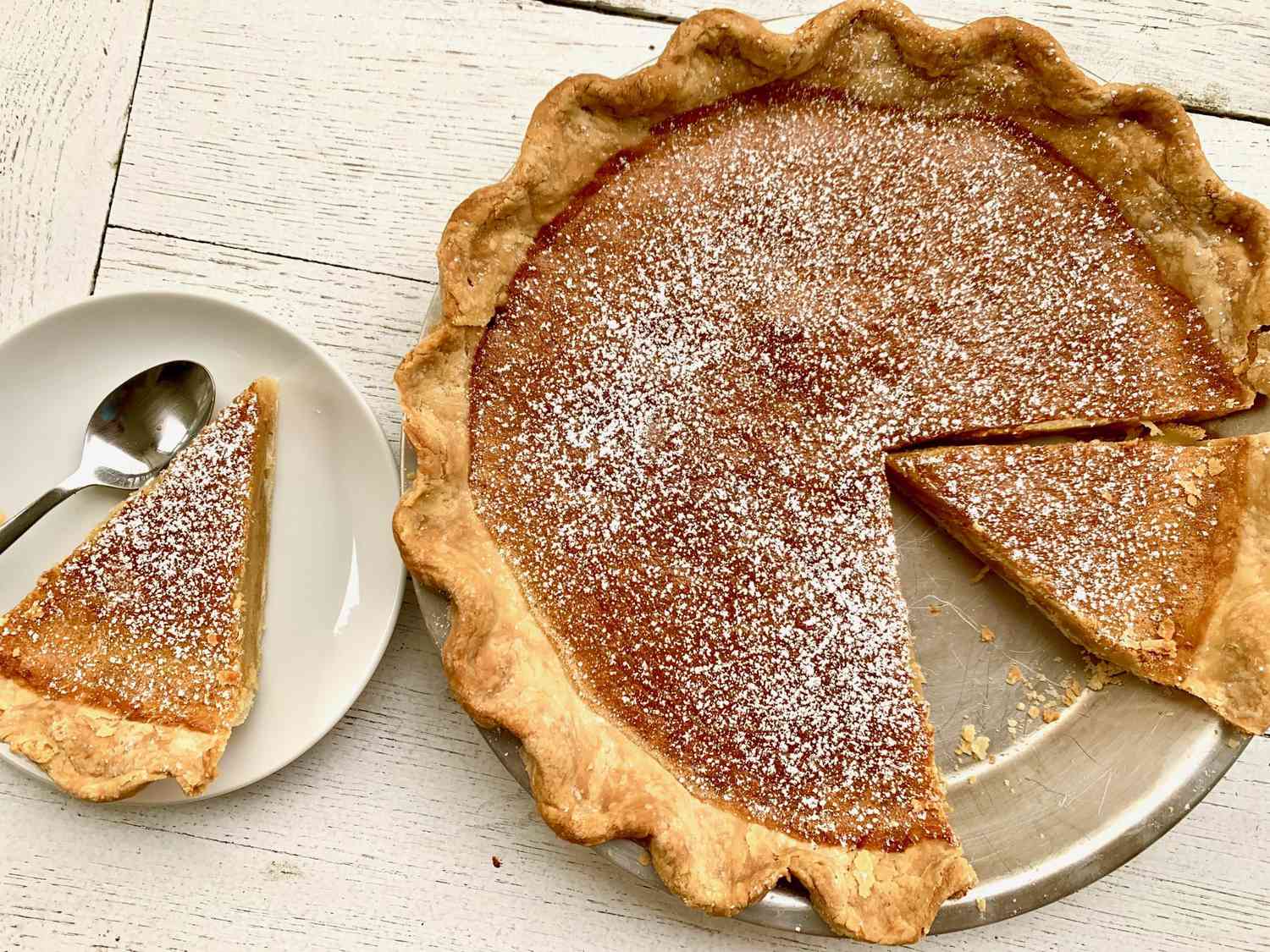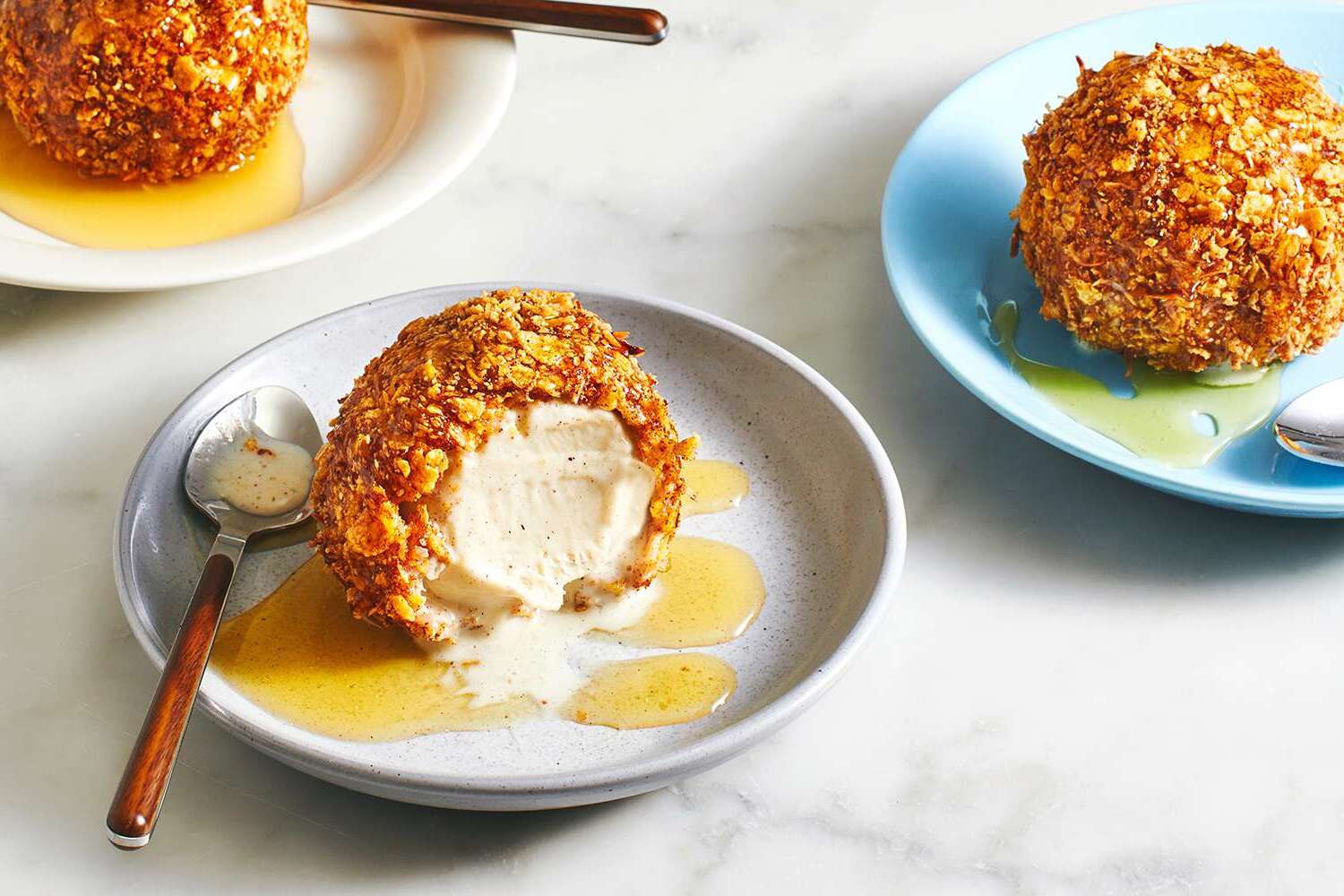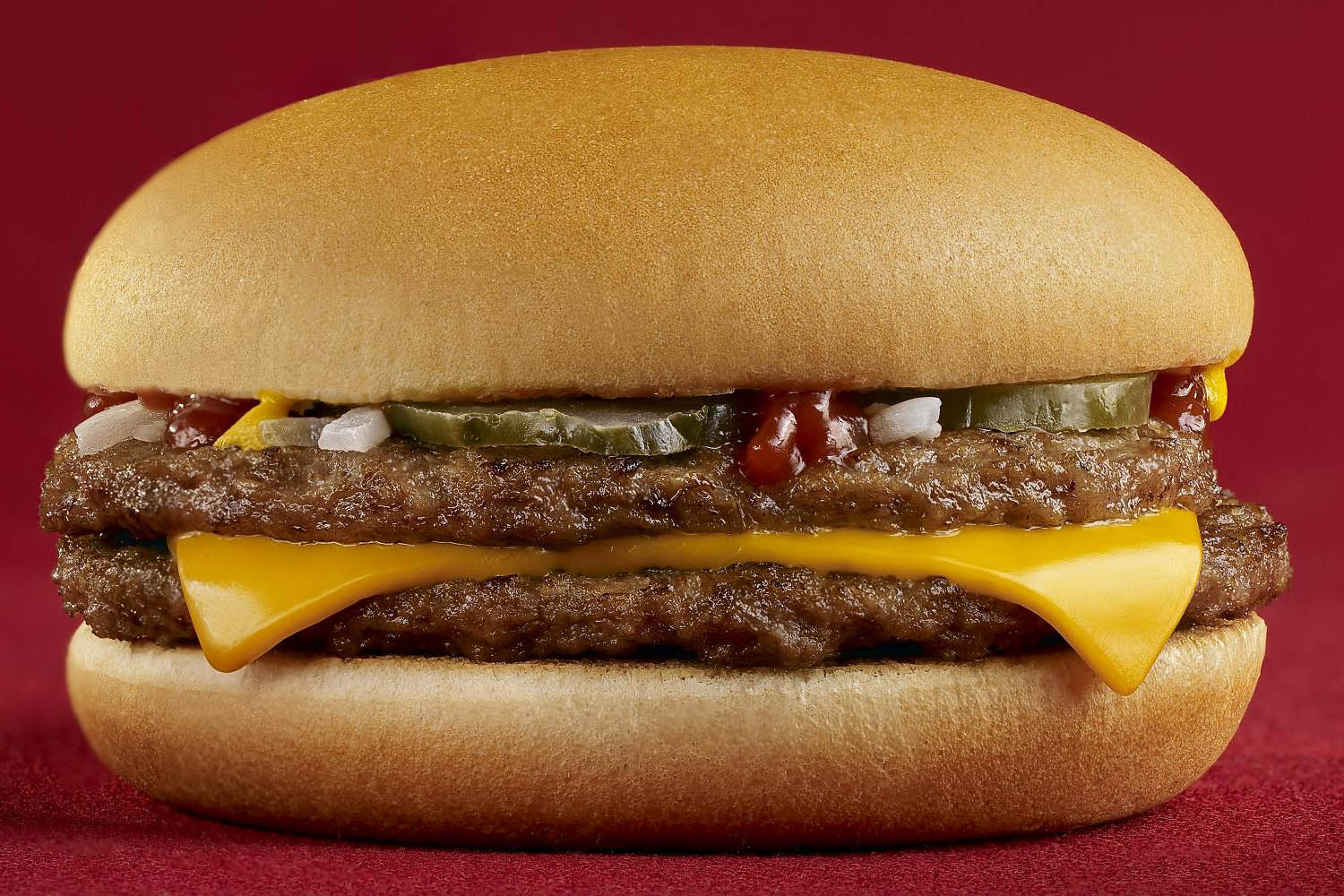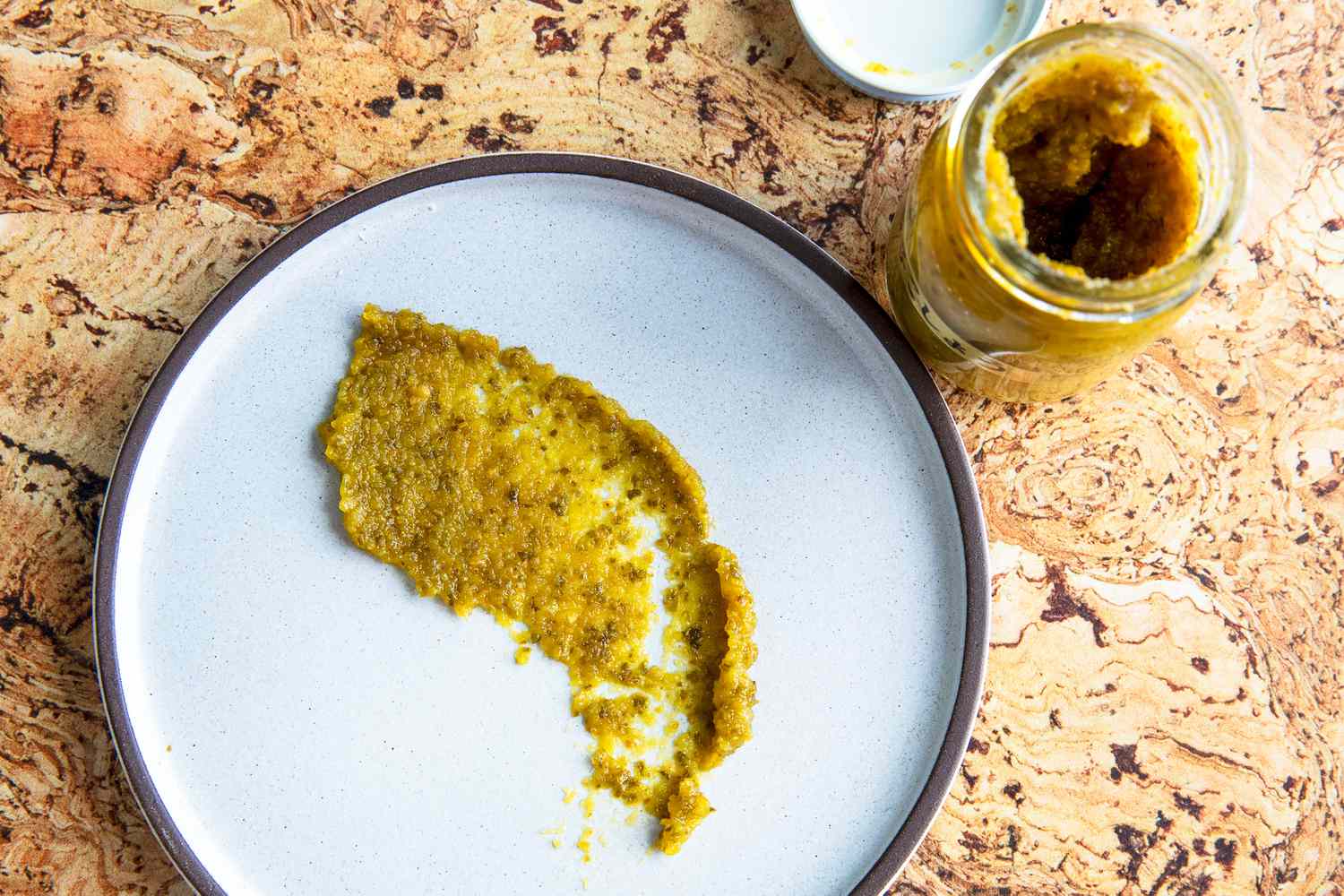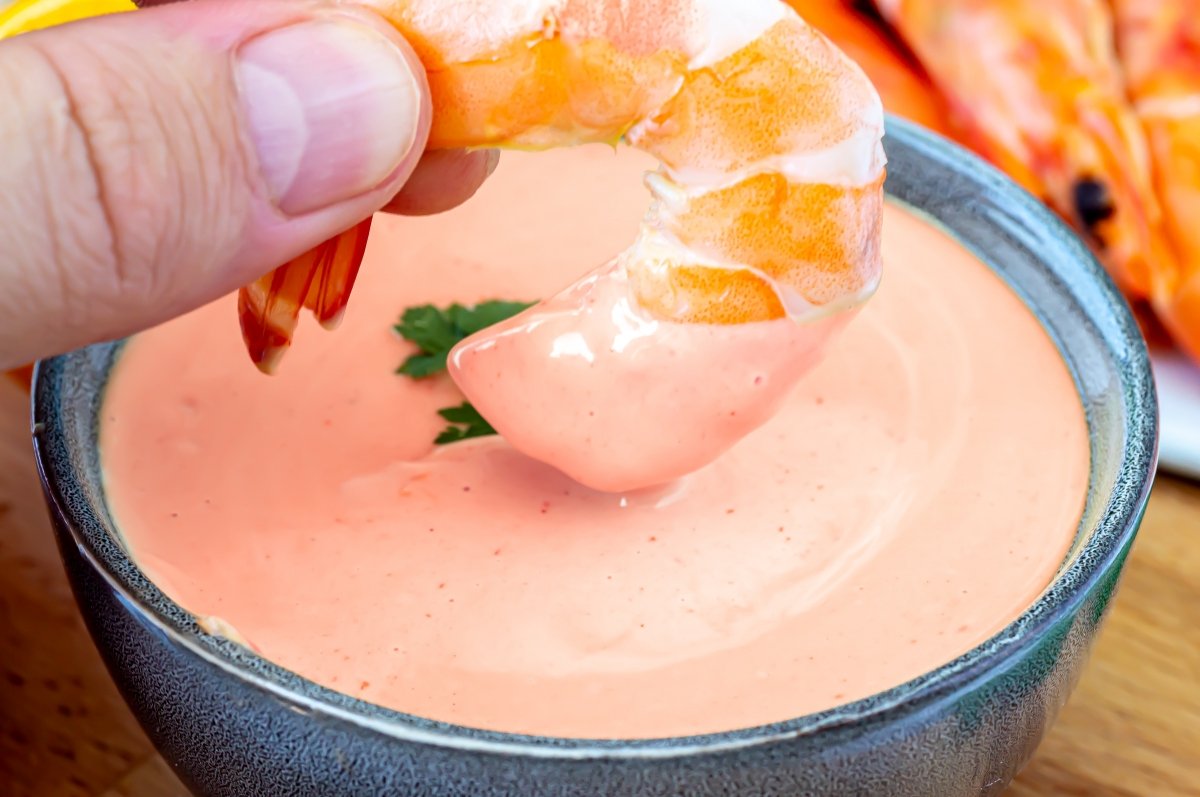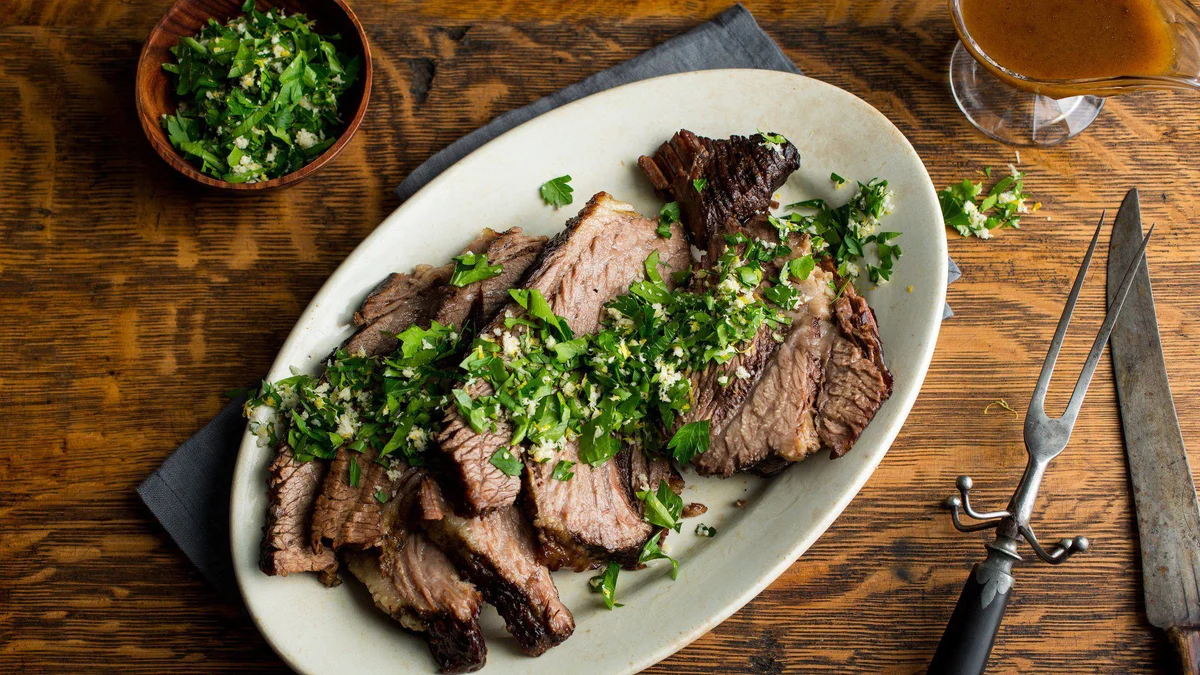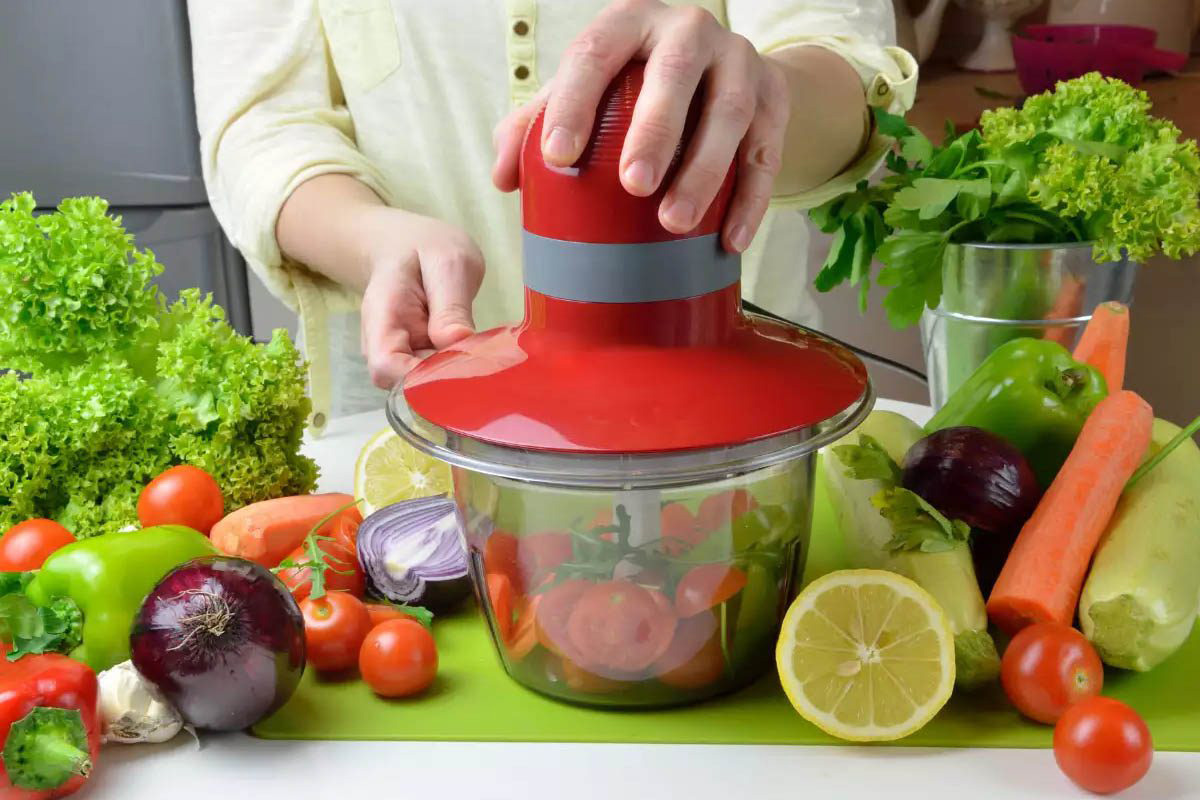Understanding Cornmeal: A Versatile Ingredient
Cornmeal is a staple ingredient in many cuisines around the world. It is made by grinding dried corn into a coarse powder. This versatile ingredient is used in a variety of dishes, from savory to sweet, and is a popular choice for gluten-free cooking. Let’s take a closer look at what cornmeal is and how it can be used in the kitchen.
Types of Cornmeal
There are different types of cornmeal available, each with its own unique characteristics:
- Yellow Cornmeal: This type of cornmeal is made from yellow corn and is commonly used in Southern-style cornbread and corn muffins.
- White Cornmeal: Made from white corn, this variety of cornmeal is often used in recipes that call for a lighter texture, such as cornmeal pancakes and waffles.
- Blue Cornmeal: Blue cornmeal, derived from blue corn, has a slightly sweet and nutty flavor, and is often used in tortillas and other traditional Mexican dishes.
Uses of Cornmeal
Cornmeal is a versatile ingredient that can be used in a wide range of dishes. Some popular uses include:
- Cornbread: Cornmeal is a key ingredient in traditional cornbread, a beloved side dish in many American households.
- Breading: It can be used as a coating for fried foods, adding a crispy texture and delicious flavor.
- Pizza Crust: When mixed with flour, cornmeal can be used to dust the pizza peel, preventing the dough from sticking and adding a delightful crunch to the crust.
- Desserts: Cornmeal can be used in desserts such as cornmeal cake or cornmeal pudding, adding a unique texture and flavor.
Health Benefits of Cornmeal
Cornmeal is not only delicious but also offers several health benefits:
- Rich in Fiber: It is a good source of dietary fiber, which is important for digestive health.
- Gluten-Free: For individuals with gluten sensitivities or celiac disease, cornmeal is a safe alternative to wheat flour.
- Rich in Antioxidants: Corn, the main ingredient in cornmeal, contains antioxidants that help protect the body from oxidative stress.
Conclusion
Whether you’re making a comforting batch of cornbread or adding a crispy coating to your favorite fried foods, cornmeal is a versatile and flavorful ingredient that deserves a place in every kitchen. With its various types and uses, cornmeal adds a unique touch to a wide range of dishes, making it a valuable addition to any cook’s pantry.
Was this page helpful?
Read Next: What Is Biscotti
